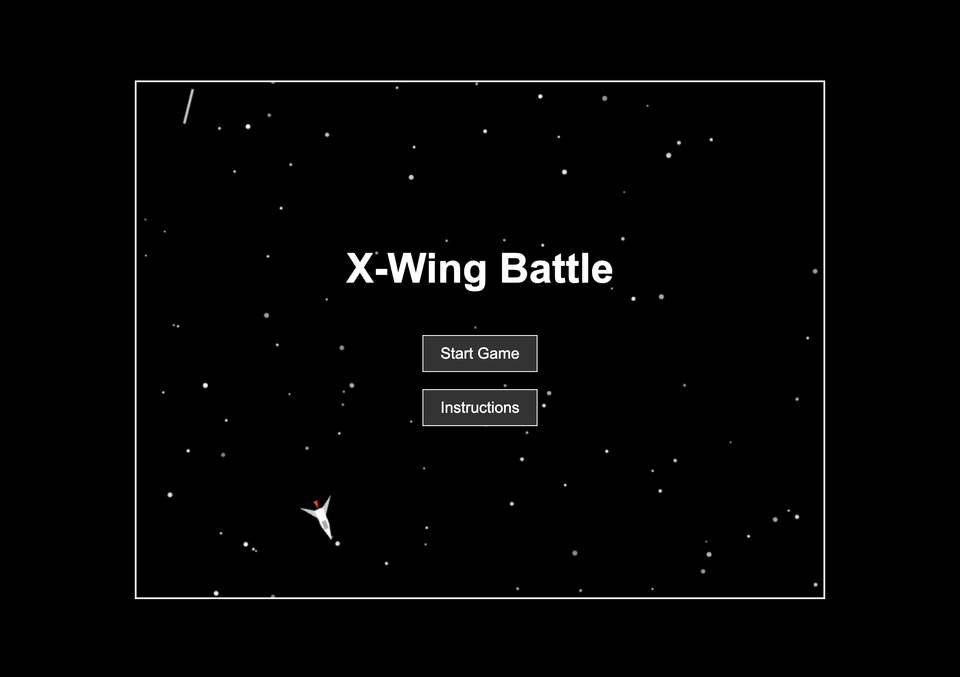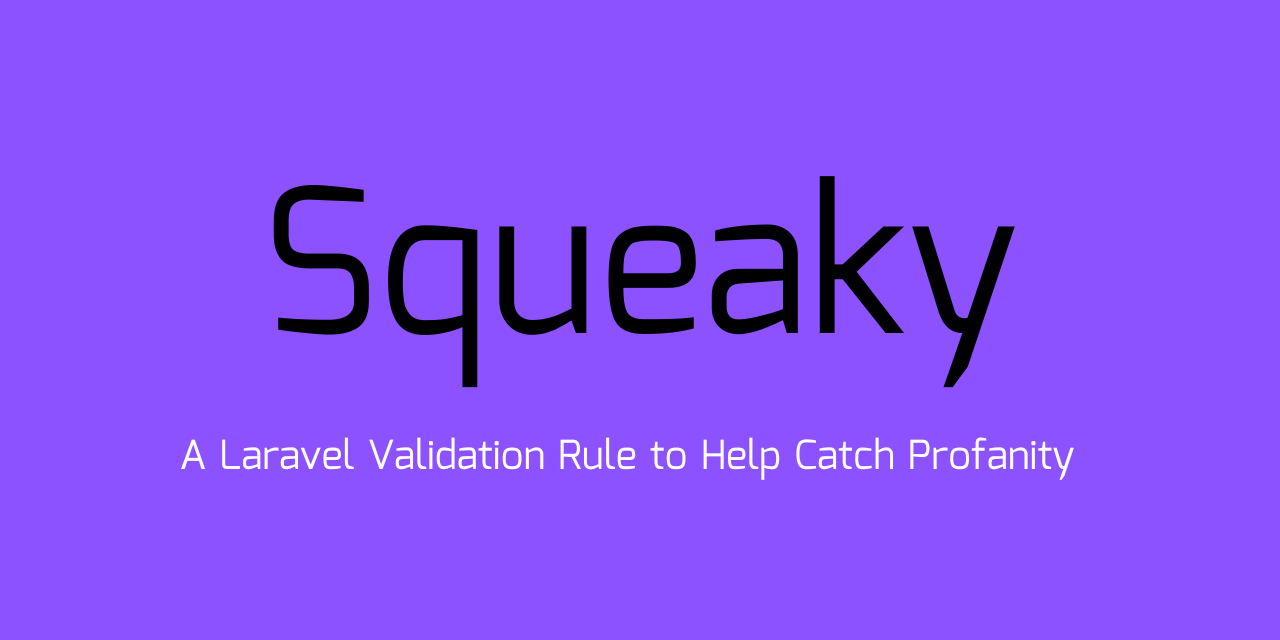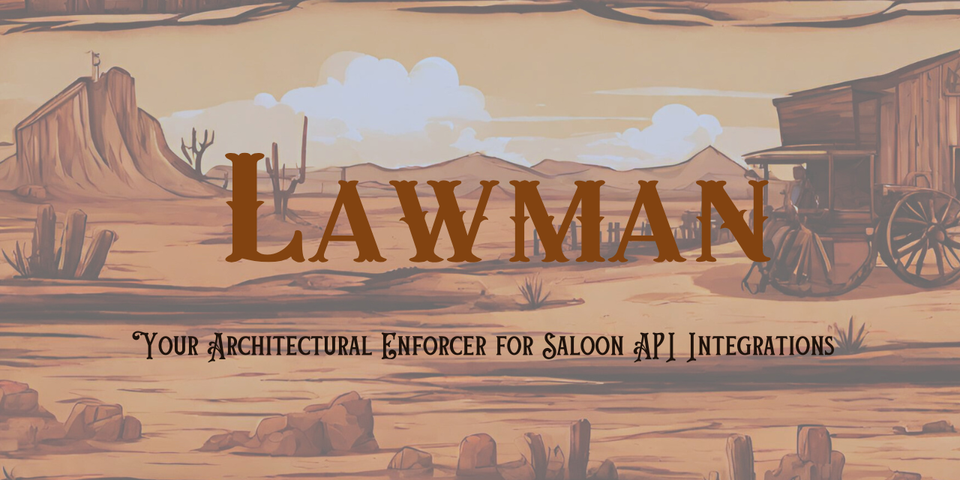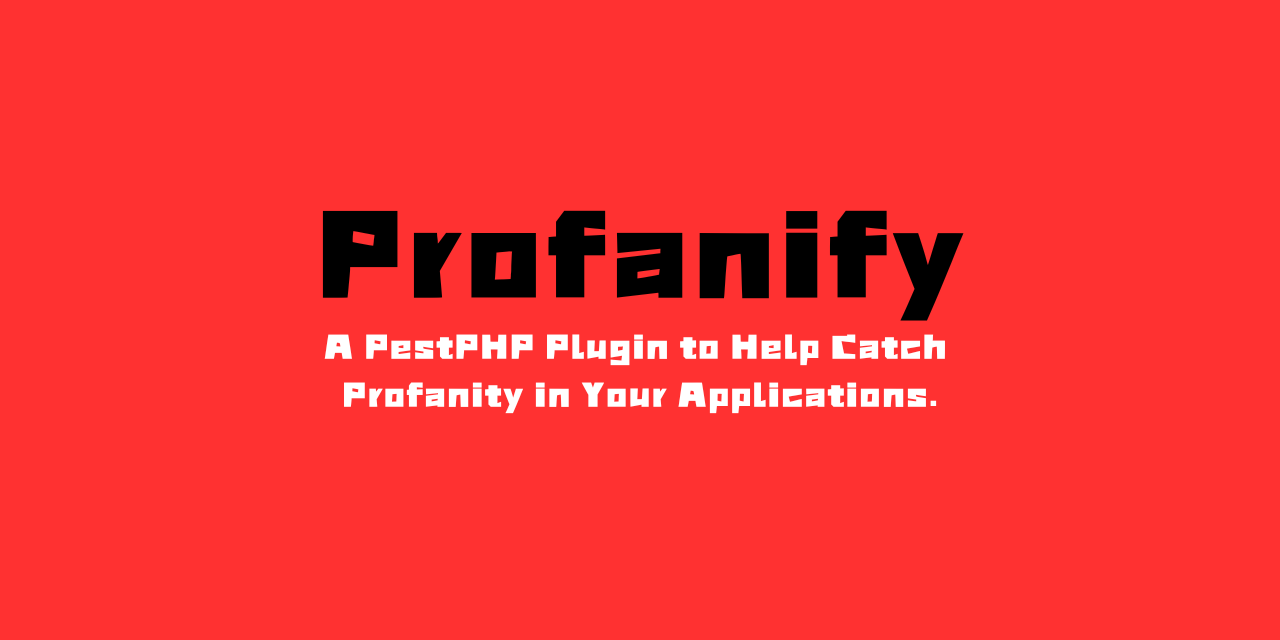Alternate Design Patterns with SaloonPHP

So if you've used SaloonPHP, you'll know it's pretty awesome. In fact, I have several posts about it on this site and it's one of my favourite tools!
Quite some time ago, I added the ability to run php artisan saloon:list from the Laravel Plugin and have it spit out all sorts of information regarding your API integrations:

You can view the PR that added the list command on GitHub. Before it was merged, Saloon creator and all round good guy, Sam Carré asked me if it handled integrations that don't follow the default App/Http/Integrations directory structure and actually, it didn't! Which meant, if you're application used something like DDD, running php artisan saloon:list would return absolutely nothing, because it expected things to live within App/Http/Integrations.
My proposed solution was to add a config value which allowed the user to specify where their integrations lived, within their application:
return [
'integrations_location' => 'App/Http/Integrations'
];After all, the saloon.php config file was already a thing so the only real bit of work to do was to tweak the list command to look in the path specified in the config file, instead of the previously hardcoded App/Http/Integrations directory.
Once I'd got that working, we were good to go! Sam made another suggestion of having that config value actually determine where new classes would live when using one of the generator commands, we agreed to do it as a separate PR to as not halt this command any further!
In September 2023, an issue was raised on the Saloon Laravel Plugin repository regarding getting the integrations_path config value (it was renamed shortly before merge) to be respected when creating new classes.
In February 2024, an issue was raised on the Saloon repository for the same thing however by this point, I'd already started and actually finished a solution, it just needed reviewing and merging!
The solution itself was actually pretty simple, clocking in at a whole 21 extra lines of code!
Previously, Saloon would work out the Namespace with the following method:
protected function getDefaultNamespace($rootNamespace)
{
return str_replace('{integration}', $this->getIntegration(), $rootNamespace . $this->namespace);
}So I knew that was the method that would need tweaking, I wanted to keep the method nice and clean though, so I opted to create two new methods:
This method will remove \\Http\\Integrations from the namespace, we don't want this bit because we'll eventually be getting this from the config file.
protected function getFormattedNamespace(): string
{
return str_replace('\\Http\\Integrations', '', $this->namespace);
}This method will convert our integrations path from the config file, into a namespace friendly string, which we can then use in conjunction with getFormattedNamespace()
protected function getNamespaceFromIntegrationsPath(): string
{
$namespace = (array)str_replace(['\\App', '\\app'], '', str_replace('/', '\\', str_replace(base_path(), '', config('saloon.integrations_path'))));
return $namespace[0];
}With those 2 methods in place, it was time to tweak getDefaultNamespace() to actually use them:
protected function getDefaultNamespace($rootNamespace)
{
$namespace = $this->getNamespaceFromIntegrationsPath() . $this->getFormattedNamespace();
return str_replace('{integration}', $this->getIntegration(), $rootNamespace . $namespace);
}So the return part is the same as before except instead of $this->namespace, we're setting a $namespace variable above which is a concat of our 2 new methods.
So that's it! If you run one of the generator commands e.g. php artisan saloon:request, it will place that class in whatever you've set as your integrations path in the config file. If you don't have it set, then it will fall back to the default value of App/Http/Integrations.
If you want to check the PR that added the solution to this, you can find it on GitHub.



